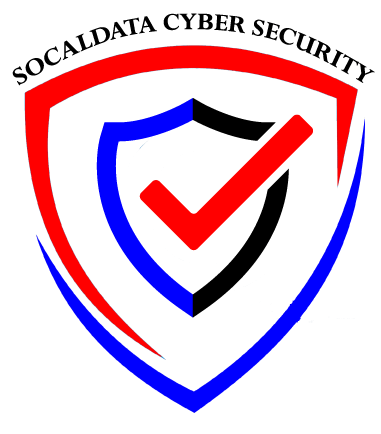Navigating the Trio: Demystifying Governance, Risk, and Compliance (GRC)
In today’s complex business landscape, organizations face a myriad of challenges related to governance, risk management, and compliance. These challenges are further compounded by the need to navigate regulatory requirements and ensure adherence to industry standards. To effectively address these issues, companies often implement frameworks known as Governance, Risk, and Compliance (GRC). However, it’s essential to understand the nuances of GRC to optimize its benefits.
At its core, Governance, Risk, and Compliance (GRC) is a holistic approach that integrates three key components: governance, risk management, and compliance. Governance refers to the framework of policies, procedures, and processes that guide decision-making and ensure accountability within an organization. It involves defining the roles and responsibilities of stakeholders, establishing clear lines of authority, and promoting transparency and integrity in all operations.
Risk management, on the other hand, focuses on identifying, assessing, and mitigating risks that could impact the achievement of organizational objectives. This involves analyzing potential threats, evaluating their likelihood and potential impact, and implementing strategies to manage or mitigate them effectively. Risk management aims to strike a balance between risk-taking and risk avoidance, enabling organizations to pursue opportunities while safeguarding against potential harm.
Compliance, the third component of GRC, pertains to adherence to legal and regulatory requirements, as well as internal policies and industry standards. It involves ensuring that the organization operates within the boundaries of applicable laws and regulations, avoiding violations that could result in legal penalties or reputational damage. Compliance efforts encompass a range of activities, including monitoring, reporting, and remediation, to ensure ongoing adherence to established standards.
Together, governance, risk management, and compliance form a cohesive framework that enables organizations to operate efficiently, mitigate risks, and maintain regulatory compliance. By integrating these three elements, companies can enhance decision-making, improve accountability, and foster a culture of transparency and integrity.
It’s important to note that effective GRC requires a strategic and coordinated approach that involves collaboration across different functions and levels of the organization. This may involve the establishment of dedicated GRC teams or committees responsible for overseeing and implementing GRC initiatives. Additionally, the use of technology solutions such as GRC software can streamline processes and enhance visibility into governance, risk, and compliance activities.
In summary, Governance, Risk, and Compliance (GRC) is a comprehensive framework that encompasses governance, risk management, and compliance to help organizations navigate complex challenges and achieve their objectives. By understanding the role of each component and integrating them effectively, companies can enhance decision-making, mitigate risks, and maintain regulatory compliance in today’s dynamic business environment.

